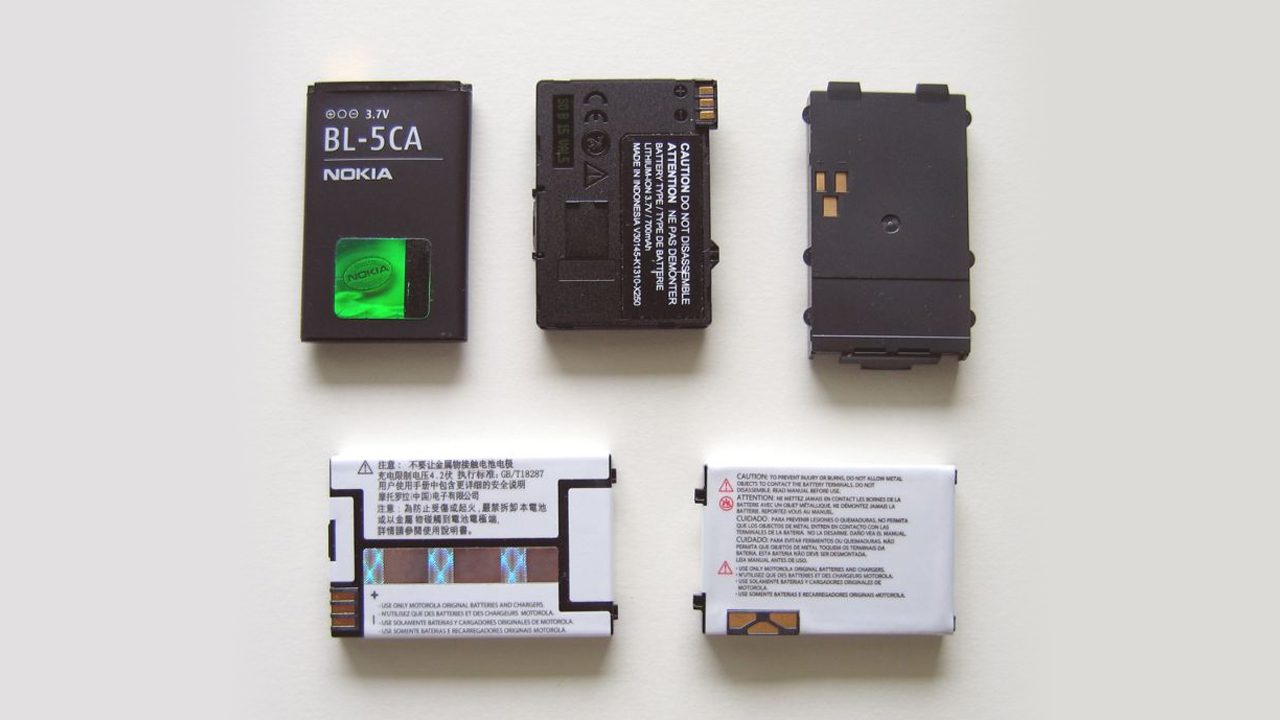SUMMARY
This is AI generated summarization, which may have errors. For context, always refer to the full article.

MANILA, Philippines – Before the modern smartphone era ushered in by the iPhone’s launch in 2007, phones with replaceable batteries were the norm.
Users could easily pop open these phones, and buy a replacement battery in case of malfunction, instead of disposing of the phone entirely.
Two new rules in the EU are looking to force phone makers to return to the old ways, with the hope of not just giving the consumer more control, but also as part of greener directives in the bloc.
The first rule, specifically on batteries, calls for makers to ensure that “by 2027, portable batteries incorporated into appliances should be removable and replaceable by the end-user.” The 2027 deadline, the EU Council says, should give companies ample time to fulfill the requirement. It has been approved by both the EU Parliament in June 2023 and the EU Council in July 2023, and is expected to be signed into law.
While the rule is bloc-specific, the general expectation is that smartphone makers would rather create an EU-compliant model for the region and for the entire world, than make separate models.
The directive also tasks relevant firms to hit recycling targets for waste batteries. For example, firms have to recover 50% of the lithium from waste batteries by the end of 2027, and 80% by the end of 2031 – figures however that the EU Council says can be amended depending on “market and technological developments and the availability of lithium.”
Batteries will also have “mandatory minimum levels of recycled content.” Batteries for emerging vertical, electric vehicles, will also need batteries that are “replaceable by an independent professional.”
A second law on replaceability
A second rule called the “Ecodesign for Phones and Tablets,” as reported by The Verge, lays out similar battery replaceability directives. But it also specifies what replaceability means. Batteries should be replaceable with “no tool, a tool or set of tools that is supplied with the product or spare part, or basic tools.” The process should be simple enough that a layman can carry out the replacement process, and that spare parts should be available up to 7 years after the release of the product.
The rule already approved by the EU Council and Parliament is reported to be more stringent as it doesn’t give makers the loophole to bypass battery replaceability if they can promise a long-lasting battery hitting certain longevity thresholds.
What’s the end effect? The non-government organization European Environmental Bureau says, “ensuring that all new phones and tablets sold in the EU in 2030 have easily removable and replaceable batteries could cut the annual emissions of these devices by 30% compared to business as usual, [and] reduce the loss of critical raw materials like cobalt and indium, and save European consumers €19.8 billion.”
For observers of product design, it’s reasonable to expect that both iPhones and Android devices will experience a form factor revamp by 2027. – Rappler.com
Add a comment
How does this make you feel?
There are no comments yet. Add your comment to start the conversation.